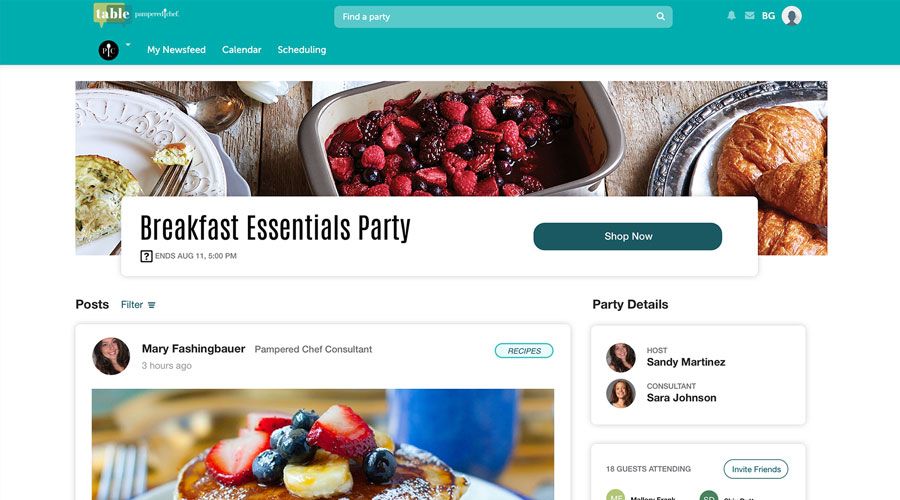Guest Chatbot
Challenge
Studies show that over 50% of customers expect a business to be available 24/7. Customer service call centers can be expensive, especially when factoring in the number of employees needed to manage thousands of customers 24 hours daily. That’s where chatbots come in. 40% of chats are used for routine questions such as, "Where's my account number?" and "I want to return my socks." A chatbot that can handle those simple requests saves time and money while still building a connection with that customer through direct interaction.
Primitive chatbots are keyword-centric. Also, most vendors that have a packaged chatbot application are not enterprise-ready. These bots do not integrate seamlessly with legacy enterprise systems as required to retrieve customer information. They also do not gracefully fall back to a traditional support line for human-assisted support.
Solution
We built a smart chatbot in less than 2 weeks that processes thousands of inquiries each day. We did so with our rapid prototyping platform Interplay®, where we are able to quickly snap together an AI engine and a training data set that ties to the order management systems, inventory management systems, and the CSR queue.
Smart Chatbots can quickly be built via our platform by connecting together the required elements. A smart chatbot needs good Natural Language Processing (NLP) software, as well as a large number of recognized issues and correct responses (sometimes called “intents”). If the chatbot is programmed to respond to a wide array of different scenarios, it will perform much better than if it only recognizes five or six statements. A good bot will know dozens to hundreds of possible intents and be able to respond adequately and gracefully pass things over to a human for an answer. The chatbot’s responses need to be conversational and have standard grammar. The responses also need to pull from real-time connections to the order management system, the inventory tracking system, and the customer support queue. Think of the earlier example, “I want to return my socks.” The chatbot needs to instantly look up who “my” is to get the customer name and “socks” from the inventory system to get the SKU from the last order in the order management system. At any given point, the customer might type “human please” so we need to be able to kick this over to the customer support queue with a complete chat record and any supporting inventory/order/customer profile information available (to avoid the dreaded “Hi can you please tell me the issue?” question from the CSR that forces the customer to start over from square one. That’s a lot of connections, and that’s the difference between a genuinely enterprise-grade chatbot and a simple conversation bot you wrote in CS300 class at university.
The bonus here is that a smart chatbot that gives correct answers to a customer will earn trust very quickly, which helps overcome the second risk of people hating on robots. There’s a real opportunity here for organizations to differentiate themselves between the many companies with dumb chatbots or no chatbots and the smart chatbots that answer questions immediately (average response time is usually under half a second).
Outcome built in just 10 Days
A good AI engine is the first step in building a smart chatbot. This AI engine needs to have natural language processing, a large trained data set, and an iterative process for improvement. If a chatbot gives an incorrect answer or an inadequate reply, it needs to have the potential to learn from it and not make the same mistake again.
After the AI engine is in place, it needs to be trained and tuned to the specific intents and recognize entities in the dialog. A database of previous questions and responses is needed in order to train the chatbot about potential questions it may encounter and the proper way to reply. An expansive database can help by teaching the chatbot as much as possible, giving it a strong foundation. The chatbot then needs to encounter actual data, where people reach out to it and request it. If it makes a mistake during this phase, it can then be trained to respond properly next time. Through this system, the chatbot can learn and refine itself.
Interplay is a low-code middleware platform. Prototyping is rapid, iterative, and flexible. Interplay comes with modules for several popular smart AI engines already in place. To deploy an AI engine for your chatbot, connect the AI engine, your training data set (a list of words, phrases, etc.), and your desired output method (e.g., an iframe, HTTPS, text file, etc.). Creating this ‘flow’ takes a few hours, compared to days or weeks in a traditional coding environment. You can then spend time configuring, refining, and training your chatbot. Launch when ready.
Project Profile
Client:
Ulta Beauty
Goal:
Improve customer satisfaction via immediate response, reduce costs and reduce recruiting challenges during the pandemic
Development Time:
4 weeks with ongoing AI improvements
Deployment:
Website with 20 million monthly visitors





